Home /Male Fertility Issues/ Surgical Sperm Retrieval
Surgical Sperm Retrieval: Unlocking the Path to Parenthood
Bringing a child into the world is a dream shared by many, but sometimes, biological barriers stand in the way. Surgical sperm retrieval is a medical procedure that has revolutionized the field of fertility treatment. If you’re wondering what this procedure entails, who it’s for, and what you can expect, you’re in the right place. Let’s embark on a journey to uncover the key aspects of surgical sperm retrieval.
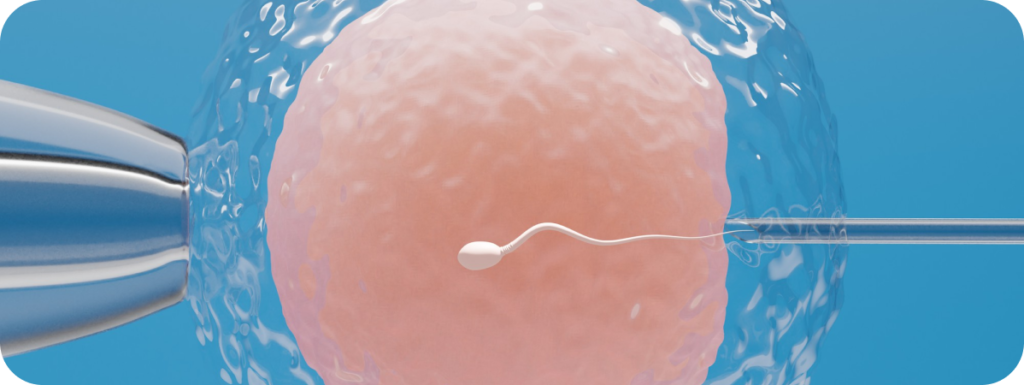
Understanding Surgical Sperm Retrieval:
Surgical sperm retrieval, often referred to as SSR, is a medical procedure designed to retrieve sperm directly from the male reproductive tract. It’s a ray of hope for couples facing male infertility issues, where conventional methods of sperm retrieval, such as ejaculation, have proven unsuccessful. SSR is a precise and delicate procedure performed by skilled urologists.
Who Needs Surgical Sperm Retrieval?
Not everyone requires surgical sperm retrieval. This procedure is typically recommended for individuals who:
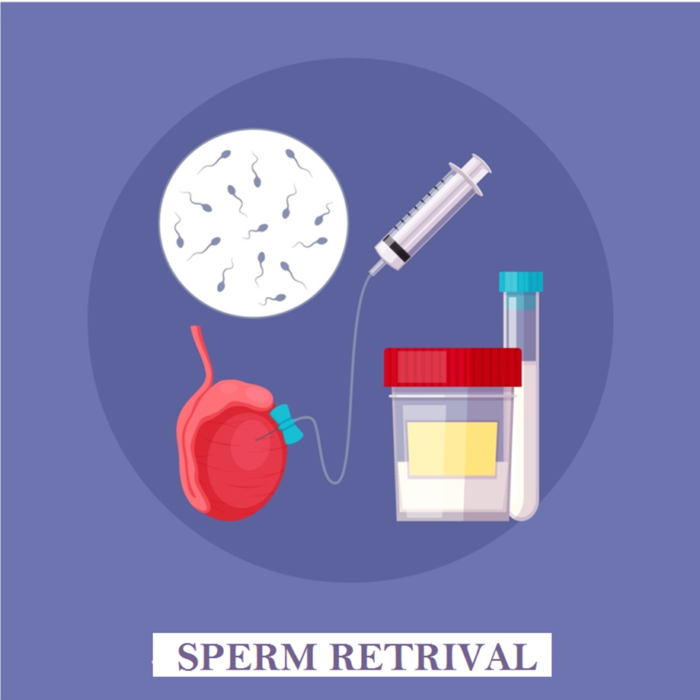
- Have a blockage or obstruction preventing sperm release.
- Experience ejaculation difficulties.
- Suffer from congenital absence of the vas deferens.
- Underwent a previous vasectomy but desire to conceive again.
- Face infertility due to medical conditions or treatments, such as cancer.
Types of Surgical Sperm Retrieval
There are several methods of surgical sperm retrieval, each tailored to specific circumstances. The choice of method depends on the patient’s condition and the urologist’s recommendation. The most common techniques include:
1. Testicular Sperm Extraction (TESE)
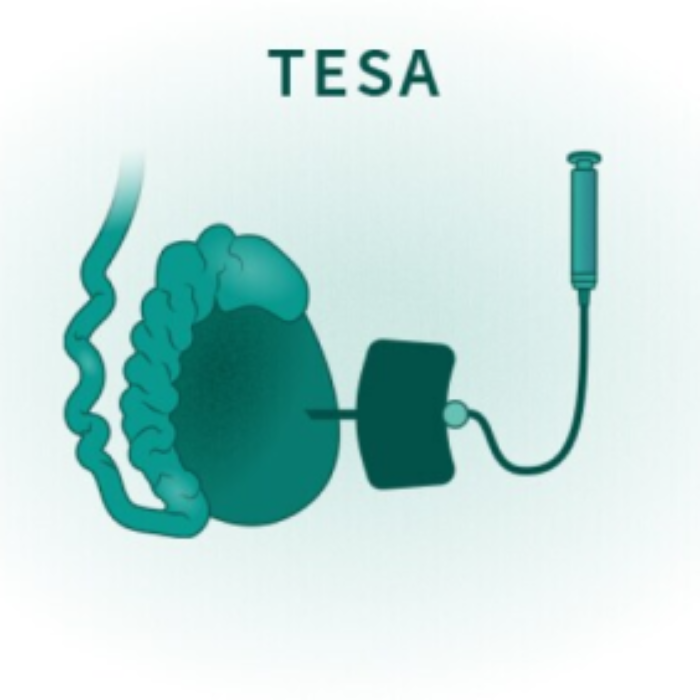
- TESE is a procedure in which a small piece of testicular tissue is removed through a tiny incision or puncture in the testicle, and sperm is then extracted from that tissue. This method is primarily employed for men who suffer from azoospermia, where there is a complete lack of sperm in the ejaculate.
- Like PESA, TESE is often combined with IVF and ICSI for conception. The procedure may cause slight discomfort but is generally well-tolerated with the use of local or general anesthesia.
2. Percutaneous Epididymal Sperm Aspiration (PESA)
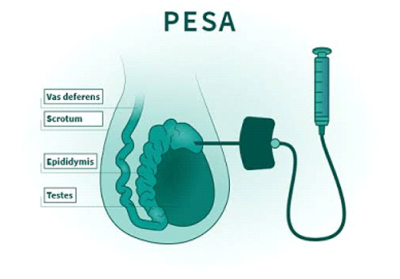
- PESA is a minimally invasive procedure wherein a thin needle is inserted through the skin into the epididymis to aspirate sperm. This technique is particularly beneficial for men who have obstructions in the vas deferens, congenital absence of the vas deferens, or have undergone vasectomies. The procedure is usually carried out under local anesthesia and is considered relatively painless.
- The sperm retrieved through PESA can be used in conjunction with In Vitro Fertilization (IVF) and Intracytoplasmic Sperm Injection (ICSI) to achieve pregnancy.
3.Microdissection Testicular Sperm Extraction (Micro-TESE)
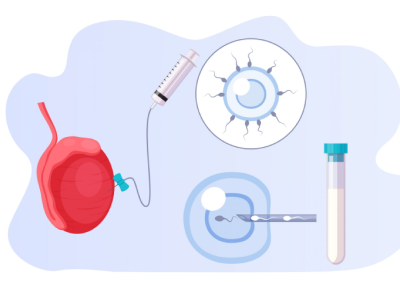
- Micro-TESE is a more advanced version of TESE. During this procedure, a surgeon uses an operating microscope to visually magnify the testicular tissue, allowing for the identification and extraction of tiny tubules containing sperm. This precise method is especially valuable for men with non-obstructive azoospermia, where sperm production is low.
- Micro-TESE has a higher success rate compared to traditional TESE because it reduces the amount of testicular tissue that needs to be removed and minimizes potential damage to the testicle.
4. Vasal Sperm Aspiration (VSA)
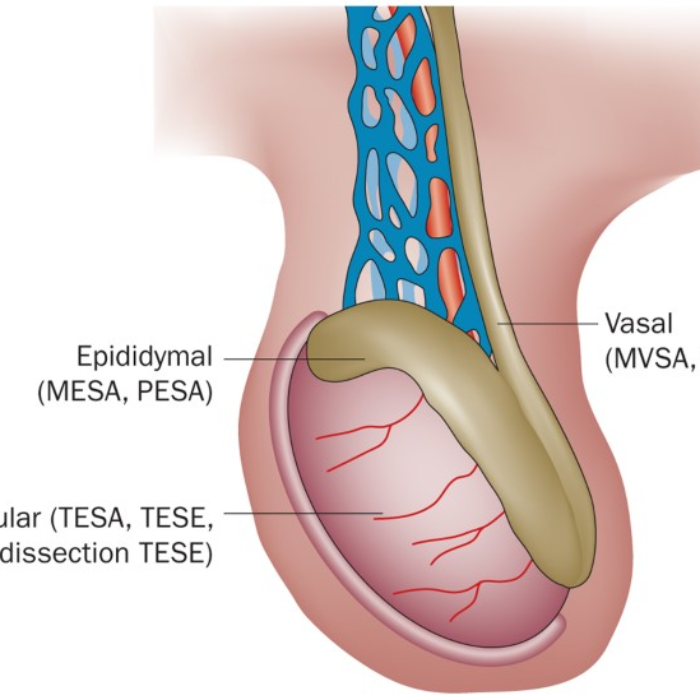
- Micro-TESE is a more advanced version of TESE. During this procedure, a surgeon uses an operating microscope to visually magnify the testicular tissue, allowing for the identification and extraction of tiny tubules containing sperm. This precise method is especially valuable for men with non-obstructive azoospermia, where sperm production is low.
- Micro-TESE has a higher success rate compared to traditional TESE because it reduces the amount of testicular tissue that needs to be removed and minimizes potential damage to the testicle.
Surgical Sperm Retrieval Surgical Process

The surgical sperm retrieval procedure is typically performed on an outpatient basis and may involve local or general anesthesia. During the procedure:
During the procedure:
- A tiny incision is made in the scrotum.
- The urologist carefully accesses the sperm-containing structures.
- Sperm is retrieved using the chosen method.
- The incision is closed with dissolvable stitches.
Surgical Sperm Retrieval Recovery
While surgical sperm retrieval is generally safe, there are potential risks and complications, albeit rare. These may include infection, bleeding, or damage to surrounding structures. Our urologist at Vijay Srishti will discuss these risks before the procedure.
Surgical Sperm Retrieval Success Rates
The success of surgical sperm retrieval varies depending on factors like the chosen method, the underlying cause of infertility, and the expertise of the urologist. Discuss your expectations and chances of success with our medical team at Vijay Srishti.
Surgical Sperm Retrieval Recovery

Surgical sperm retrieval procedures, like PESA, TESE, Micro-TESE, and VSA, are generally considered low-risk with a straightforward recovery process. However, as with any surgical procedure, it’s essential for patients to understand what to expect during the recovery period and follow post-operative care instructions to ensure optimal healing and outcomes.
- Discomfort & Swelling
Some patients might feel slight discomfort and notice swelling in the operated area. This can usually be managed with recommended pain relievers and occasional cold packs.
- Rest Period
A short rest, lasting about a day or two, is advised post-surgery. During this time, refrain from heavy lifting and consider wearing supportive underwear for comfort.
- Resuming Activities
Most patients can return to their usual routines within a week. However, always consult your doctor before undertaking strenuous activities.
Monitoring for signs like excessive redness, prolonged swelling, or any unusual discharge is essential. If any complications arise, seek medical advice immediately.
Final Thoughts: Surgical Sperm Retrieval

Surgical sperm retrieval is a ray of hope for couples facing male infertility challenges. With various techniques available, this procedure offers new possibilities for achieving parenthood. If you find yourself in need of surgical sperm retrieval, consult with a urologist who specializes in fertility treatment to explore your options and embark on your journey to parenthood.
For personalized guidance and expert consultation on Surgical Sperm Retrieval or other male infertility treatments, trust Vijay Sristi. Our dedicated team is committed to accompanying you on your path to parenthood.

FAQs about Surgical Sperm Retrieval
The procedure typically lasts between 30 minutes to an hour, depending on the chosen method and individual circumstances.
Patients may experience mild discomfort, but anesthesia is used to minimize pain during the procedure.
There are generally no age restrictions, but individual health and medical history may be considered.
It’s advisable to wait a few weeks to allow for proper healing before attempting conception.
The cost can vary widely depending on location and chosen method. Consult with your healthcare provider for specific pricing details.


